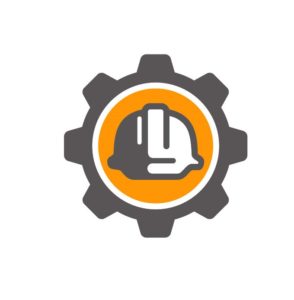Project Reporting
- Leading; Lagging; Recordable; Non-Recordable
- First Aids; Near Misses; BBOs; FLHAs Tailboards; MVIs; Inspections; Audits; Mock Drills; Kilometers driven; # of Manhours worked; Office hours; Field hours
- Environmental Spills<5L; Avg. Liters/Spill
- # of workers onboarded in period; Total to Date
- # of Pre Access D&A screening tests: # of Reasonable Cause tests
- Weekly; Monthly; Quarterly; Annually
- Report to Prime; Report to ISNet/ Aveta/ Complyworks; Internal
This is a sample of what you can expect to be asked to monitor and report on a regular basis. The points are all part of the overall project reporting process, and each contractor will be involved to various degrees.
During a project, the day-to-day operations of the safety group will touch on all of the reportable items in some way, with each individual item being completed by various positions in the company.
Onboarding personnel, crew members, supervisors, payroll and H&S personnel will have documents to complete, sign and post somewhere in the daily requirements and this leads to a number of areas of concern when trying to summarize and report on a regular basis.

There are four main areas where companies experience difficulties.
- No standard format for recording information. There will be paper forms that will be required for worker FLHAs (Field Level Hazard Assessments) requiring review, scanning, and tallying. Ditto for BBO (Behavior Based Observation) cards. Spreadsheets will be scattered amongst various individuals and across various locations, creating silos of dated information with multiple revisions of each, as document control isn’t established internally. Vehicle/equipment inspections may be forgotten on site in the trucks/equipment and arrive at a later date, usually after the cut-off for submission.
- No “Single Source of Truth”. Companies don’t set up a process for information sharing or entry. Information is fragmented across multiple positions, levels of authority and locations.
- Source documentation is not part of a process. When developing forms for an HSMS, fields aren’t embedded in the source forms used on site to upload the information into a system for tallying. When forms are built for an individual company, they’re not developed with weekly external reporting in mind. The same forms that are used for normal internal monitoring need to be revised for use in a project setting, with certain mandatory fields added that will indicate the information that’s required for reporting only, not daily operations. An example of this would be the hours worked by crew, where a field entry is recorded onto a sheet set up to tally all man-hours for each crew and entered daily as a mandatory field on the tailboard. These numbers would normally be tallied by reviewing the LEM’s, requiring another step, another individual and more wasted resources to review and post.
- Siloed information due to multiple platforms being utilized. It’s not uncommon to have different programs/platforms used by one company on the same project. I’ve found crews using a tailboard from the supervisor’s former employer, because he was familiar with it and “It does the same thing”. At the same time, but a different site, a crew was using a digital format of the company’s tailboard that a friend had set up for the supervisor in an Excel spreadsheet because “It was handy to email a copy and I don’t have to scan anything”. Another common issue is when a digital platform is utilized to collect the information but exported into a CSV file format that doesn’t merge with the reporting platform for summary and reporting. All you’ve done is moved the information into a new silo.
These examples illustrate the difficulty in disseminating information for reporting purposes when there is minimal planning regarding how systems merge and automate it.

Without strong HSE documentation workflows in place, meeting project reporting requirements becomes an ongoing exercise in frustration as staff struggle to meet deadlines and to supply the correct information. Additional administration staff are usually brought in to assist, which only addresses the fallout, not the cause of the issues.
Brandell Safety Consulting builds automated workflows that help to alleviate these issues. Let’s have a discovery call to determine if we can help on your next project!



0 Comments